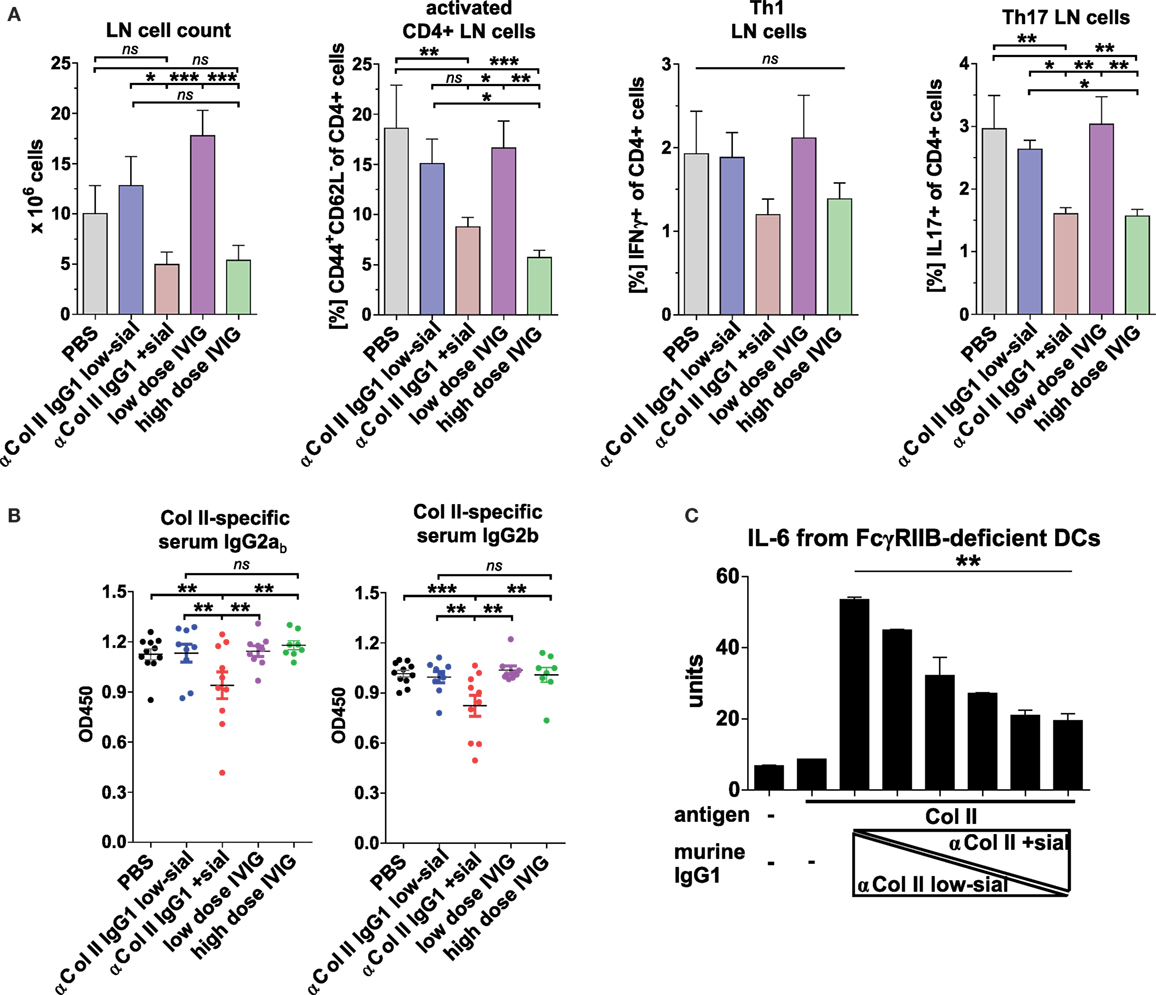

(2002) Immunomodulatory Action of Intravenous Immunoglobulin. Journal of Allergy and Clinical Immunology, 108, S111-S116. (2001) Antibody-Directed Therapy: Past, Present, and Future. (2006) Immunologic and Functional Evidence for Anti-Siglec-9 Autoantibodies in Intravenous Immunoglobulin Preparations. Von Gunten, S., Schaub, A., Vogel, M., Stadler, B.M., Miescher, S. Annals of the Rheumatic Diseases, 71, 2011-2020. (2012) Interleukin-21 Contributes to Germinal Centre Formation and Immunoglobulin G4 Production in IgG4-Related Dacryoadenitis and Sialoadenitis, So-Called Mikulicz’S Disease. Maehara, T., Moriyama, M., Nakashima, H., Miyake, K., Hayashida, J.N., Tanaka, A., Shinozaki, S., Kubo, Y. American Journal of Surgical Pathology, 34, 1812-1819. (2010) IgG4-Related Disease: A Cross-Sectional Study of 114 Cases. (2012) IgG4-Related Systemic Disease: Emergence of a New Systemic Disease? Literature Review. Įbbo, M., Grados, A., Daniel, L., Vely, F., Harle, J.R., Pavic, M. (2012) IgG4-Related Systemic Disease: Features and Treatment Response in a French Cohort: Results of a Multicenter Registry. (2011) Identification of Natural Bispecific Antibodies against Cyclic Citrullinated Peptide and Immunoglobulin G in Rheumatoid Arthritis. Current Opinion in Rheumatology, 23, 119-124. (2011) What Is IgG4? A Review of the Biology of a Unique Immunoglobulin Subtype. Journal of the American Chemical Society, 133, 10302-10311. (2011) Mechanism of Immunoglobulin G4 Fab-Arm Exchange. Rispens, T., Ooijevaar-de Heer, P., Bende, O. (2007) Anti-Inflammatory Activity of Human IgG4 Antibodies by Dynamic Fab Arm Exchange. Van der Neut Kolfschoten, M., Schuurman, J., Losen, M., et al. Journal of Allergy and Clinical Immunology, 123, 1268-1276. (2009) Intravenous Immunoglobulin Contains a Broad Repertoire of Anticarbohydrate Antibodies That Is Not Restricted to the IgG(2) Subclass. Von Gunten, S., Smith, D.F., Cummings, R.D., Riedel, S., Miescher, S., Schaub, A., Hamilton, R.G. (2007) Isotype Selection in Antibody Engineering. Clinical and Experimental Immunology, 160, 161-167. (2010) The Other Side of Immunoglobulin G: Suppressor of Inflammation. Īschermann, S., Lux, A., Baerenwaldt, A., Biburger, M. New England Journal of Medicine, 367, 2015-2025. (2012) Intravenous Immune Globulin in Autoimmune and Inflammatory Diseases. (2013) Intravenous Immunoglobulin Therapy: How Does IgG Modulate the Immune System? Nature Review Immunology, 13, 176-189. Since IgG 4 antibodies can have immunomodulatory properties, these result suggest that these anti-thyroglobulin may have a role in the IVIg treatment of autoimmune disease characterized by high avidity for anti-thyroglobulin antibodies such as Hashimoto’s disease. We observed that two commercial preparations of therapeutic immunoglobulins contain very high reactivity for thyroglobulin, which was predominantly detected by IgG 4. In this study we have investigated the reactivity of IgG 1, IgG 2, IgG 3 and IgG 4 present in IVIg for a small selection of antigens, including actin, DNA, ferritin and thyroglobulin. A better characterization of IVIg’s repertoire is an important aspect to enable its effective utilization as an immunomodulatory treatment. These intravenous immunoglobulins (IVIg) represent the healthy human IgG repertoire, which can be reactive for both self and non-self antigens. Therapeutic immunoglobulins are used in the treatment of immunodeficiencies as well as several autoimmune and inflammatory diseases.


 0 kommentar(er)
0 kommentar(er)
